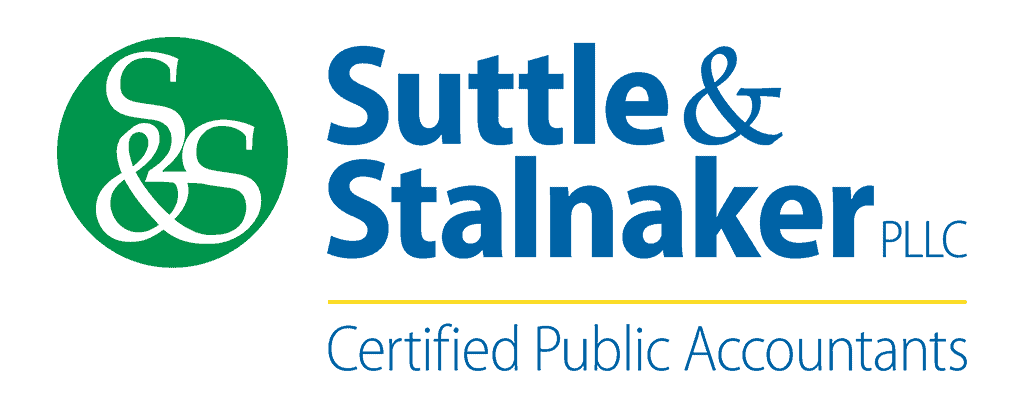Author: Chris Lamber, CPA, CGMA, CCIFP and Danny R. Shobe, CPA, CCIFP
In May 2014, the FASB issued Accounting Standards Update (ASU) 2014-09 known as the “New Revenue Recognition Standard”, with the purpose of making revenue recognition more comparable and consistent between industries and entities by recognizing revenues in a manner that reflects when goods and/or services are transferred to the customer. The standard sets out to accomplish this through a 5-step process which we’ve outlined below:
Step 1 – Identifying Contracts
Under the new standard a contract can be written, oral or implied and must meet a series of five characteristics for a contract to exist:
- Expectation of a change in future cash flows
- Approval by both parties and commitment to satisfy obligations
- Ability to identify each party’s rights under contract
- Payment terms identifiable
- Probable that the entity will collect the consideration to which it is entitled under the contract
Step 2 – Identifying Performance Obligations
A performance obligation is a good or service that is distinct or a series of distinct goods and services that are similar and have the same pattern of transfer to the customer. A good or service is distinct if the customer can benefit from the good or service on its own or with other readily available resources and, the promise to deliver the good or service is separately identifiable from other promises within the contract.
Performance obligations can be combined and accounted for as one performance obligation if they have similar characteristics and the results of applying the revenue guidance to one performance obligation would not differ materially from separate treatment.
Step 3 – Determining Transaction Price
An entity must determine the “Total Consideration” to which they are entitled under the terms of the contract and they must determine the consideration collectible.
Some examples of consideration that should be reviewed are:
- cash
- non-cash
- variable
- non-refundable upfront fees
Non-cash consideration could take the form of materials provided by the customer for which the entity takes control of and uses in the good or service being provided. Variable consideration could be in the form of liquidated damages, discounts, incentives, penalties, rebates, price concessions, contingencies, etc.
The transaction price would be adjusted by the value of the variable consideration using one of following two methods of valuation depending on the possible outcomes:
- Expected Value Method – This method would be used if there is a range of possible outcomes and uses a probability weighted approach to valuing any adjustment to the consideration.
- Most Likely Value Method – This method would be used if there are only two possible outcomes and chooses the single most likely possibility.
Variable consideration should be constrained until the probability of realization reaches 70-80%.
Step 4 – Allocation of the Transaction Price
The new standard requires that the transaction price be allocated to all performance obligations within the contract. Allocation is based upon the relative “standalone selling prices” of each individual performance obligation.
The standard provides the following three approaches to allocating the transaction price:
- Expected cost plus a margin – Entity estimates its cost to complete a performance obligation and then adds an appropriate profit margin.
- Adjusted market assessment approach – Entity evaluates the market in which it sells goods and services and estimates the price based upon a market price possibly using competitor’s prices, etc.
- Residual approach – Entity allocates the transaction price to any performance obligation for which a standalone price could not be attained using either of the first two approaches.
Step 5 – Recognize Revenue
As stated above, the purpose of the new standard is for revenue to be recognized as performance obligations are satisfied and control is transferred to the customer. The transfer of control can occur either at a single point in time or over a period. If the transfer of control is at a single point in time, revenue would be recognized at that given point in time.
When control of a performance obligation is transferred over a period, there are two methods of measuring the progress of completion:
- Outputs method – progress is measured based upon results achieved, milestones reached, units produced or delivered, time elapsed, etc.
- Inputs method – progress is measured using resources consumed, direct labor hours expended, costs incurred, machine hours, etc. Most contractors will more than likely use a costs incurred method for revenue recognition which would be similar to the percentage of completion method when using a costs incurred to total estimated cost method.
The effective date for implementation of this standard is reporting periods beginning after December 15, 2017 for public companies and reporting periods beginning after December 15, 2018 for private companies.
Implementation can present some unique challenges that differ from one entity to another. No two entities or contracts are the same and, therefore; implementation will require a significant amount of time to review each contract and document the process described above. It will require management to invest time documenting the interpretation of terms and language in each contract. Stay tuned for part 2 of this article where we discuss the implementation challenges and other important considerations.
Suttle & Stalnaker is always available to help you and your team create an implementation plan and work through the challenging details of this new standard. Please give us a call to discuss how this new standard will apply to you and how we can help you with a successful implementation.
